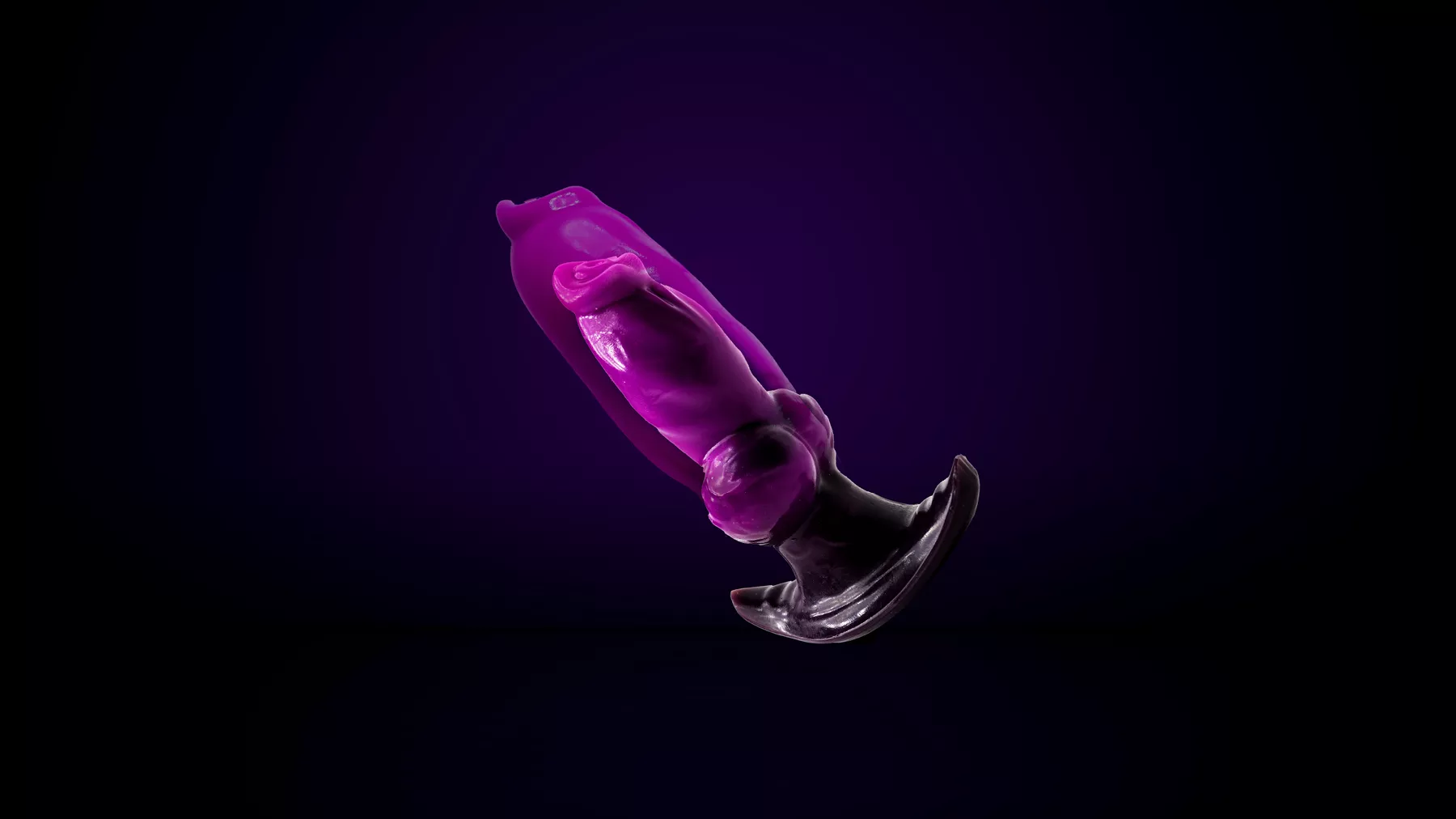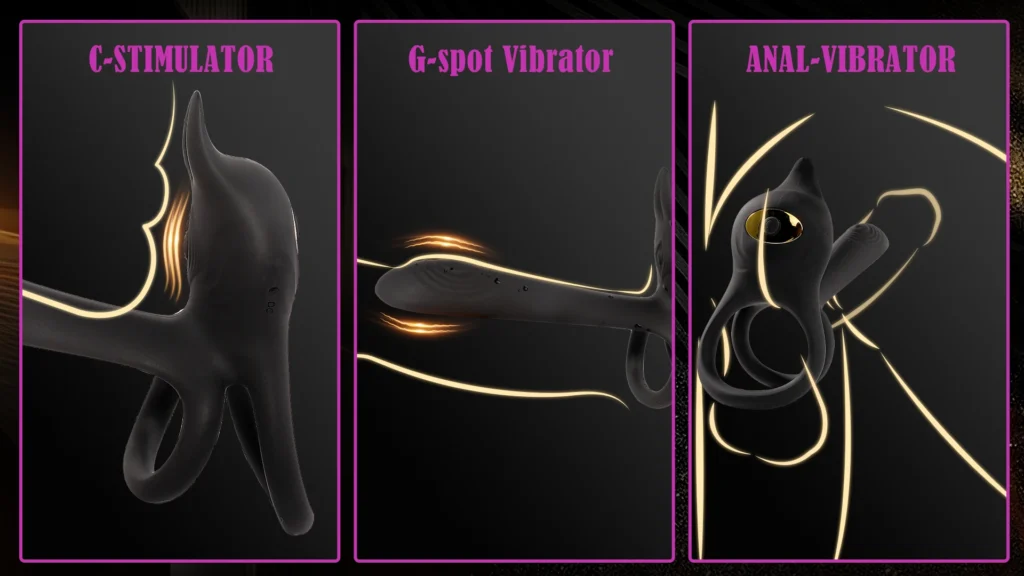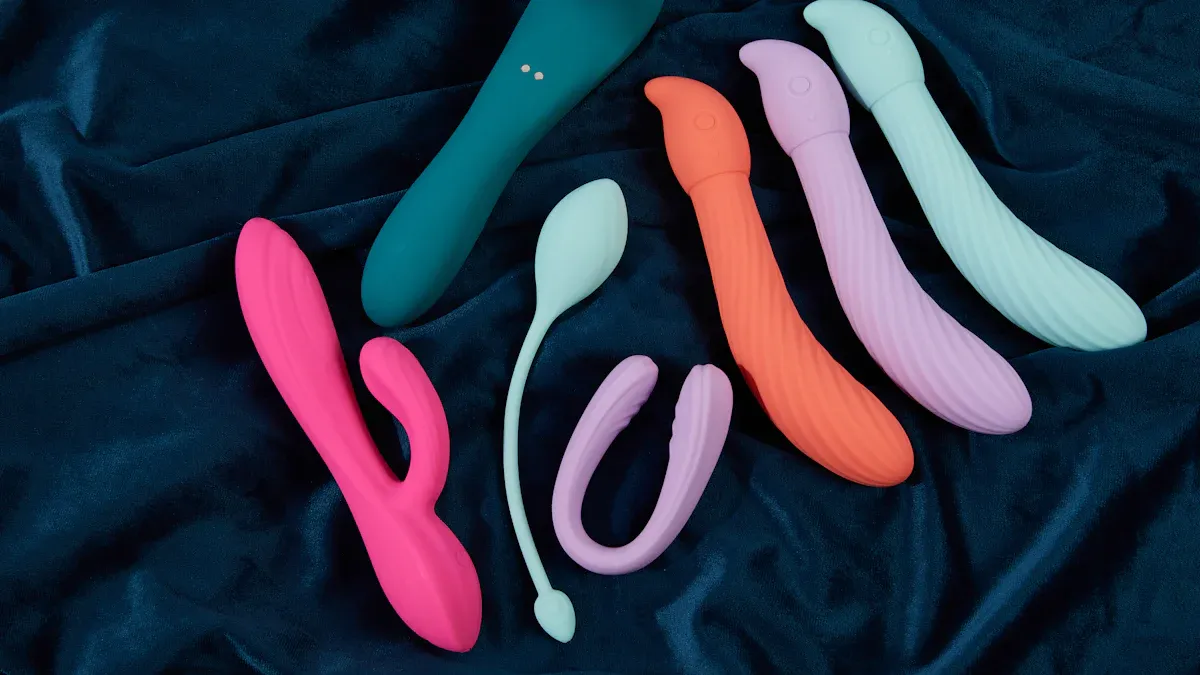Discover How a Vibrating Pelvic Wand Can Ease Your Pelvic Pain
You can get real help for pelvic pain with a vibrating pelvic wand. This tool helps relax tight pelvic muscles. It also helps release trigger points. It can bring back comfort. Studies show vibration therapy can help blood flow. It can help control muscle tone. It can lower pain for many pelvic health problems. Many people with pelvic pain feel better when they use it often. You may have seen tools like the rabbit vibrator tesco, plusone vibrating bullet, or rose vibrating exfoliator amazon. But a vibrating pelvic wand is made for pelvic health. It is made to lower pain in a safe way.
Vibrating Pelvic Wand Basics
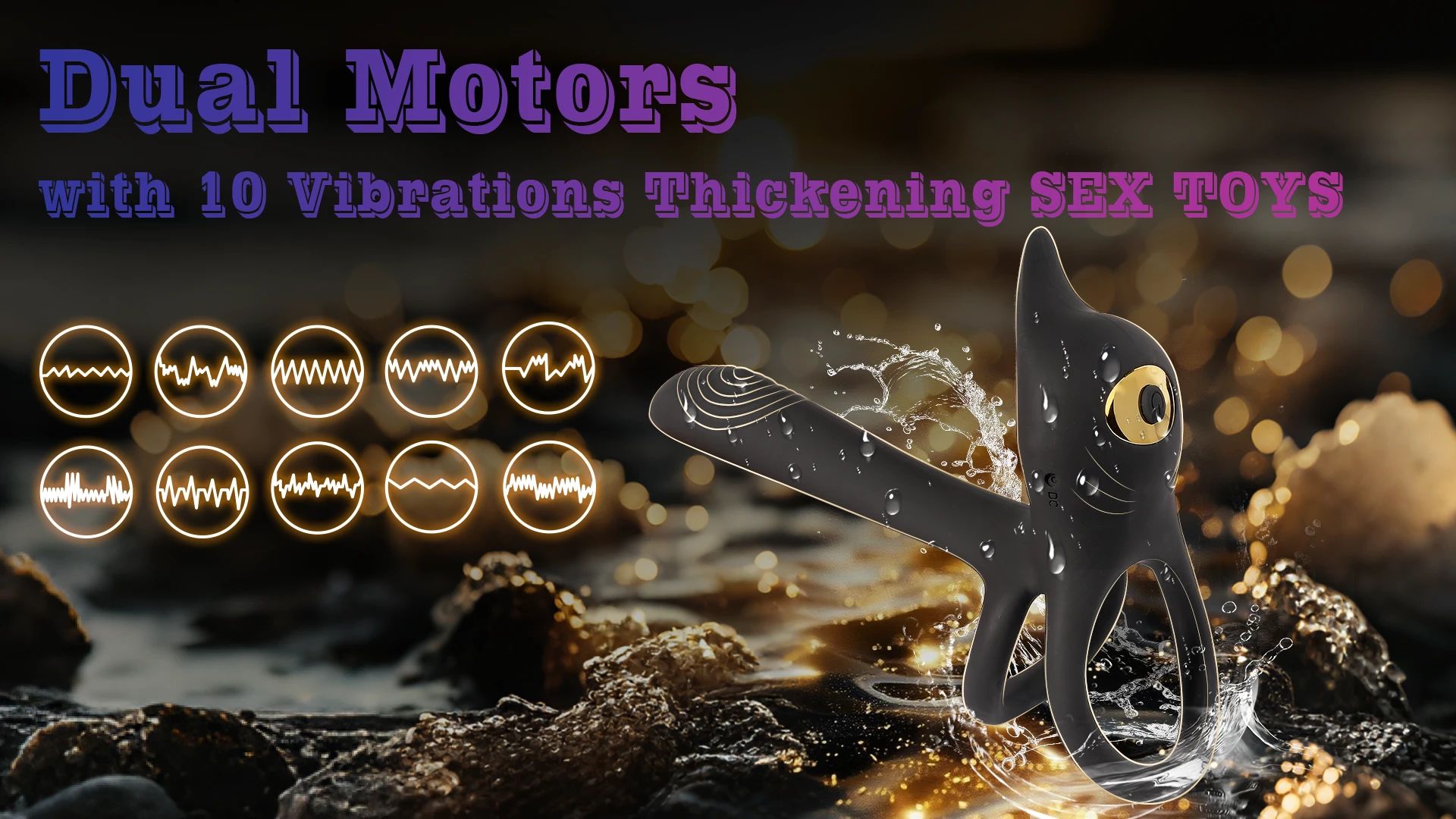
What Is It?
A vibrating pelvic wand is a tool for pelvic health. You use it to help relax tight pelvic floor muscles. The wand has a shape that fits your body’s curves. It lets you reach sore spots deep in the pelvis. Many people use this wand at home to feel better and support pelvic health.
Here is a table showing the main features of a vibrating pelvic wand:
|
Component / Feature |
Description |
|---|---|
|
Design |
Ergonomic shape contoured to body’s natural curves |
|
Vibration |
Dual-sided vibration with independent motors and several frequencies |
|
Flexibility |
Bendable, flexible shaft for targeted relief |
|
Material |
Body-safe, paraben-free, medical-grade silicone |
|
Cleaning |
Easy to clean and waterproof |
|
Portability |
Compact and discreet for travel |
|
Functionality |
Helps with chronic pelvic pain and can provide pleasurable stimulation |
Most vibrating pelvic wands are made from medical-grade silicone. This material is soft and safe for your body. It is also flexible and does not cause allergies. Silicone is gentle, so it works well for sensitive areas. Hard plastic wands do not feel as nice and may be harder for beginners.
How It Works
A vibrating pelvic wand uses gentle vibration to help your pelvic floor. When you use the wand, vibration helps blood flow in the pelvic area. This makes tight pelvic floor muscles relax and brings more oxygen to the tissues. The wand can also help release trigger points, which are small knots that hurt.
Vibration therapy can change how your muscles work. It helps make muscles less tight and can make them stronger. The massage from the wand can help your body heal tissue. Some studies show vibration therapy can help with bladder control and sexual function.
You can use the vibrating pelvic wand to reach both deep and shallow pelvic floor muscles. The flexible shaft lets you change the angle for the best relief. Many people find that using the wand often helps them manage pelvic pain and feel better in daily life.
Pelvic Pain Conditions Helped
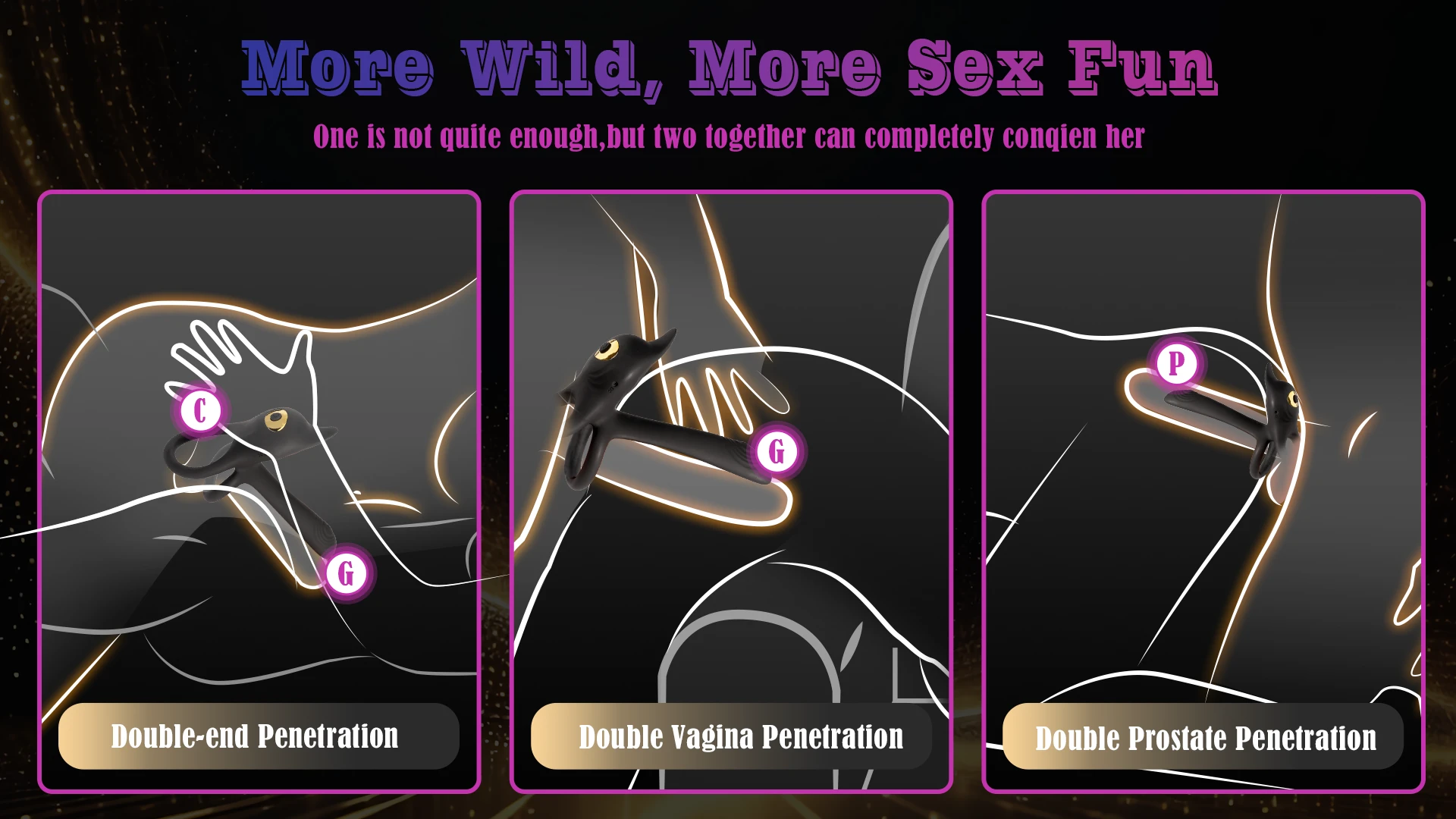
Who Can Benefit
You might ask if a vibrating pelvic wand can help you. Many people with pelvic pain use this tool for relief. Both men and women can use it for their pelvic floor muscles. It may help if you have long-lasting pelvic pain or tight muscles. People who use the wand often feel better over time.
Here are some pelvic pain conditions that may get better with a vibrating pelvic wand:
-
Vulvodynia – This causes pain around the vulva. Vibration therapy can relax muscles and lower pain.
-
Vaginismus – Muscle spasms can make penetration hurt. The wand can help relax these muscles.
-
Painful intercourse – Some people feel pain during sex. The wand can help by easing muscle tension.
-
Endometriosis – This affects about 10% of women who can have children. Vibration therapy may help lower pain from endometriosis.
-
Pelvic pain penetration disorder – Vibration can help muscles work better and feel more comfortable.
-
Dysmenorrhea – Painful periods can be helped by vibration and light therapy.
-
Levator ani syndrome – This causes pain from tight pelvic floor muscles. The wand can help relax these muscles.
-
Pelvic floor dysfunction – If your pelvic floor muscles do not work well, you may feel pain or pressure. The wand can help make muscles stronger and work better.
Note: Always talk to your doctor before starting any new pelvic health therapy.
Common Symptoms
If you have pelvic pain, you might notice some symptoms. These symptoms can make daily life harder. Some common signs are:
-
Ongoing pain or pressure in the pelvic area
-
Muscle spasms or tightness in the pelvic floor
-
Pain when sitting, exercising, or doing daily things
-
Discomfort or pain during sex
-
Trouble with bladder or bowel control
-
Painful periods or cramps
A vibrating pelvic wand can help you feel better from these symptoms. It works by relaxing tight muscles, helping blood flow, and letting your body heal. Many people say they have less pain and better pelvic health after using the wand often.
|
Condition |
Estimated Prevalence/Incidence |
Notes |
|---|---|---|
|
Stress Urinary Incontinence (SUI) |
11% to 70% worldwide |
Common in adult women; causes urine leakage with activity |
|
Endometriosis |
About 10% of women of reproductive age |
Can cause chronic pelvic pain and painful periods |
Using a Wand: Step-by-Step
A vibrating pelvic wand can become a valuable part of your self-care routine. This step-by-step guide will help you use the wand safely and effectively for targeted relief of pelvic pain. You will learn how to prepare, position your body, insert the wand, adjust vibration and pressure, and care for yourself after each session.
Preparation
Start by creating a clean and calm environment. Good preparation helps you relax and protects your pelvic health.
-
Wash your hands with soap and water.
-
Clean the pelvic wand with warm water and mild, fragrance-free soap. Dry it with a clean towel.
-
Wash your pelvic area gently with soap and water.
-
Choose a quiet, comfortable place where you can lie down without distractions.
-
Practice deep breathing. Place your hands on your lower ribs and under your navel. Breathe in slowly, letting your belly expand, then exhale to relax your pelvic floor muscles.
-
Massage the perineum (the area between the vagina and anus) with gentle, circular movements for about a minute. This helps relax the tissues.
-
Test the wand’s vibration settings on your hand to find the gentlest mode.
-
Apply a generous amount of water-based lubricant to the wand and the vaginal or rectal opening. Only use water-based lubricants to protect the wand’s silicone material.
-
If you have light sensitivity, open wounds, or are pregnant, talk to your healthcare provider before using a wand.
Tip: Begin each session with a few minutes of mindful breathing. This helps your body relax and prepares your pelvic floor muscles for self-care.
Positioning
Proper body positioning makes using a wand more comfortable and effective. You can try different positions to find what works best for you.
-
Lie on your back with your knees bent and feet flat on the bed or floor.
-
Place pillows under your knees or pelvis for extra support.
-
You can also lie on your side with your knees bent and a pillow between your legs.
-
Some people use an empty bathtub for back support and leg rest.
-
Adjust your knees by moving them gently left and right to release tension in your pelvic floor muscles.
-
Stay in your chosen position for 1 to 2 minutes, focusing on slow, deep breaths.
Note: Calm music or meditation can help you relax before you begin your self-care routine.
Insertion and Technique
Gentle technique is key for comfort and safety. Follow these steps to self-treat painful trigger points and support your pelvic health.
-
Select the wand end that fits your needs. Use the wider end for deeper pelvic floor muscles or the smaller end for focused, shallow areas.
-
On an exhale, slowly and gently insert the wand into the vaginal or rectal opening. Let the wand follow the natural curve of your body.
-
Visualize the vaginal entrance as a clock face. Start at the 3 o’clock position and gently press the wand against the pelvic floor muscles until you feel a tender spot.
-
Hold gentle pressure on the spot for 45 to 60 seconds. The pressure should feel like checking a ripe tomato—firm but not painful.
-
Continue deep breathing. Relax your jaw, shoulders, abdomen, thighs, and buttocks.
-
Move the wand gradually to other positions (4, 6, and 9 o’clock), repeating the gentle pressure and relaxation.
-
If you find a trigger point, rock your knee side to side to help release the ache.
-
Avoid pressing on the 12 o’clock position (near the urethra).
-
Limit each session to about 10 minutes.
Remember: Using a wand should never cause sharp pain. If you feel discomfort, stop and try again later or consult a pelvic health professional.
Vibration and Pressure
Adjusting vibration and pressure helps you get targeted relief for your pelvic floor muscles.
-
Start with the lowest vibration setting. Increase only if you feel comfortable.
-
Use gentle, steady pressure—never forceful. The right pressure feels like pressing on a ripe tomato.
-
The longer, rounded end of the wand works well for deeper muscles. The curved, pointed tip targets trigger points near the entrance.
-
Hold the wand on each tender spot for 1 to 2 minutes, breathing deeply to help the muscles relax.
-
Use vibration if you have trouble relaxing or if pain is intense. Vibration can distract your brain and help your pelvic floor muscles release faster.
-
Combine gentle pelvic floor contractions with vibration for better results, if recommended by your provider.
Tip: Always use water-based lubricant to protect your wand and sensitive tissues.
Aftercare
Caring for yourself and your wand after each session keeps your pelvic health in top shape.
-
Clean the wand right after use with warm water and mild, fragrance-free soap. Rinse well and dry with a clean towel.
-
Wash your hands again.
-
Urinate after using a wand to flush out any bacteria that may have entered the urethra.
-
Store the wand in a clean, dry place, such as a pouch or case.
-
Drink water to stay hydrated and support your body’s natural healing.
-
Watch for signs of irritation or infection, like burning during urination or pelvic discomfort. Contact your healthcare provider if symptoms persist.
-
Limit each session to 10 minutes. Use the wand 3 to 7 times per week, or as recommended by your provider.
-
As you progress, you may reduce sessions to 1 or 2 times per week for maintenance.
Self-care is a journey. Consistent use of a vibrating pelvic wand as part of your self-care routine can help you manage pelvic pain and improve your quality of life.
Pelvic Pain Relief: Safety & Results
Safety Tips
You can make using a vibrating pelvic wand safer by following some steps. Always talk to your doctor before you start using the wand. This helps you find the best way to manage pain for your body. Clean your wand with soap and warm water before and after each use. Only use water-based lubricants to keep your wand and body safe. Oil or silicone-based lubricants can harm the wand and may cause skin problems.
“Water-based lubricants are the safest for silicone pelvic wands. Oil and silicone-based lubricants can break down the wand’s material. Petroleum jelly can also cause irritation. Using water-based lubricants helps you feel more comfortable and keeps the wand in good shape.”
Pick a quiet, cozy spot to use your wand. Put pillows under your knees to help your muscles relax. Insert the wand slowly and gently. If you feel pain, stop right away. Do not use the wand if you have open cuts, infections, or health problems like pacemakers, epilepsy, or blood clots. If you are pregnant, always ask your doctor first.
When to Stop
Stop using the vibrating pelvic wand if you notice any of these signs:
-
Pain gets worse while using it.
-
You do not feel better after four weeks.
-
You see swelling, redness, or signs of infection.
-
You feel dizzy or sick.
If you have any of these problems, call your doctor. Never use the wand on swollen, sore, or broken skin. Always follow your doctor’s advice to stay safe.
Expected Results
Pelvic pain relief can take time. You might not feel better right away, but using the wand often can help over time. Most people feel better slowly when they use the wand as part of their self-care. Each session should last about 10 minutes. You can use the wand up to two times a day at first. As you feel better, you can use it less often.
“Getting better takes time and depends on using the wand the right way. Try to use the wand as part of your regular self-care. Ask your doctor for tips that fit your needs.”
Be patient and write down how you feel after each session. If you do not feel better after a month, or if your pain gets worse, stop using the wand and talk to your doctor. With the right steps, you can make pelvic pain care safe and helpful every day.
Using a vibrating pelvic wand can help with pelvic floor muscle pain. It can also make your muscles work better and help you feel more comfortable at home. Many people like this option because it does not need surgery. They say they have less pain when doing daily things.
Pelvic health specialists say you should talk to a healthcare provider before you start therapy. This helps keep you safe and gives you the best results.
You can feel better if you use the right steps. If you have questions or want to tell your story, please leave a comment below. Your journey is important.


